Features
From Crowbars to Portal Guns: A Look at Valve’s Impact on the FPS Genre
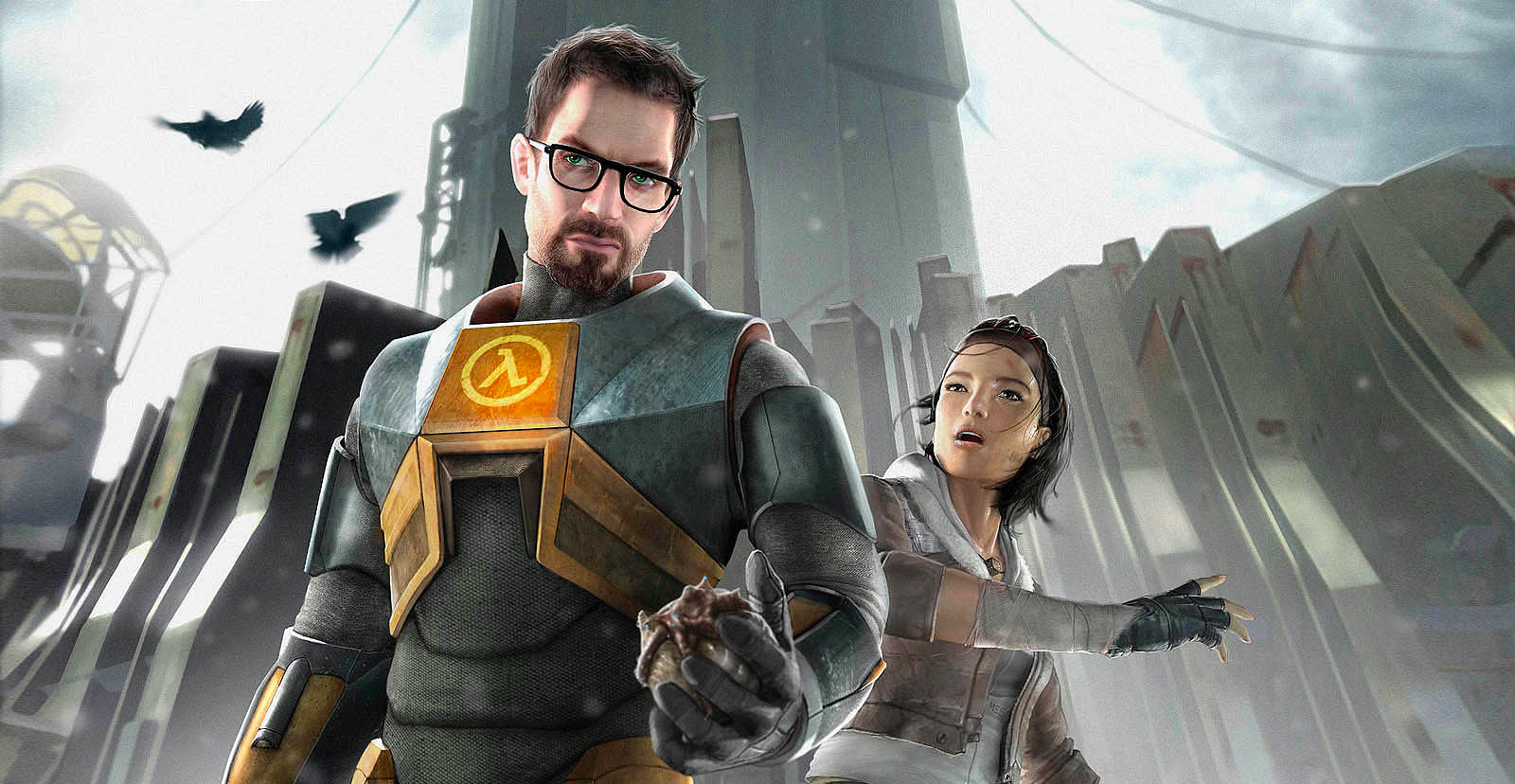
By the end of the 1990s the video game industry had overcome commercial and critical adversity and established itself as a dominant form of entertainment for both children and adults alike. One of the emerging genres in the industry was the First Person Shooter, a style of gameplay that focused on fast-paced action, ultra-violence, and a camera angle that let the player see through their characters eyes. Games like DOOM, Goldeneye, and Quake helped to cement this genre in the annals of gaming history, but they were merely the beginnings of what would become an industry-defining phenomena. If not for Valve and their Half-Life series, FPS titles may have died out entirely.
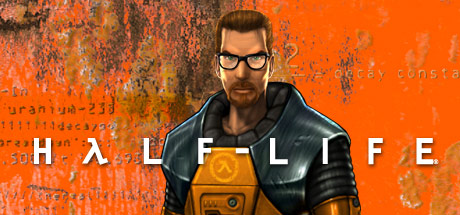
Before Half-Life’s initial release on PC in 1998, the FPS genre was focused around linear storytelling and arena combat. As with many other games, most of the narrative was told through cutscenes, with some games like DOOM and Quake choosing to focus more on the gameplay and style of their respective entities. With the launch of Half-Life, players were introduced to a new type of storytelling in which the player never leaves the perspective of the series’ protagonist, Gordon Freeman.
There are no cut scenes, and the world is more or less one giant interconnected map. This allowed for players to experience the story in a constant flow that held their attention from start to finish. What’s more, the story of the first Half-Life, as well as its sequel and DLC, was engaging, memorable, and mysterious as players rabidly fought through Black Mesa Research center to try and stop the encroaching alien invasion. Half-Life is regarded by many to be one of the greatest video games of all time, and its importance to the FPS genre cannot be understated. Critics see its release as the beginning of a new era for the genre, with some breaking the timeline into Pre-Half-Life and Post-Half-Life time periods.

At the turn of the century Valve was poised to take the video game world by storm, and no other title of theirs exemplified this better than Counter-Strike. Released in late 2000 this highly-acclaimed FPS showed the world that Valve was no mere one trick pony as they delivered an immensely addictive and fast-paced multiplayer shooter that devoured the PC gaming world. What made Counter-Strike so memorable was how simplistic it was. Each of its three game modes were basic in nature, and the gunplay and team dynamics were easy to learn but tough to master. This, coupled with Valve’s Anti-Cheat systems and a streamlined multiplayer experience kept everyone’s eye on the up and coming studio until their next landmark year in 2004.
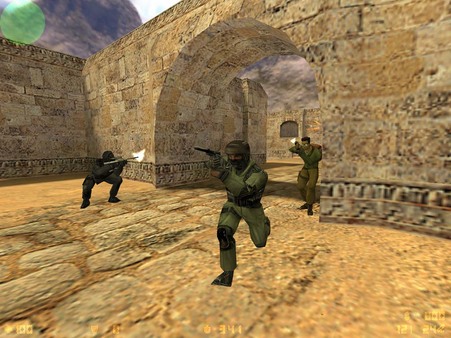
After the critical and commercial success of the first Half-Life game, and its subsequent DLC, fans were eager to get their hands on the next installment in the series. They’re prayers were answered in November of 2004 when Half-Life 2 hit store shelves. The story picks up about ten years after the events of the first Half-Life and finds Gordon Freeman out of stasis and on board a train arriving at City 17. From there Freeman must rescue the local rebels, take control of City 17, and uncover the secrets of the Combine and their connection to Xen. As with the first game, Half-Life 2 was well received by both critics and the consumer. Using Valve’s newly designed Source Engine the game was able to immerse players in a stark and desolate future featuring a colorful cast of characters and memorable gameplay experiences. What’s more, the additional content that came after helped to flesh out the somewhat convoluted ending of the main game.
Along with the release of Half-Life 2, an expansion for Counter-Strike, titled Condition Zero, came out, which added a handful of new maps and character skins. Counter-Strike: Source was also released which was the original game redesigned with Valve’s new Source engine. But it wouldn’t be until three years later that Valve offered up the next milestone in online gaming with the release of Team Fortress 2.

Released in October of 2007, TF2 brought the gameplay of the original to a wider audience as a more refined experience. While the first Team Fortress was an important part of Valve’s history, its sequel is the game that established the Hero Shooter genre. Players have the option to choose from one of nine classes in the battle for supremacy over several diverse maps. What made TF2 so unique was the social aspects it brought forth. Players can customize their characters with an assortment of hats and clothing, as well as new weapons and abilities. Team Fortress 2 not only introduced new players to yet another piece of Valve’s ever growing catalog, but it also established an online environment in which fans of multiplayer shooters could engage in fun and exciting gaming experiences outside of the competitive sphere.
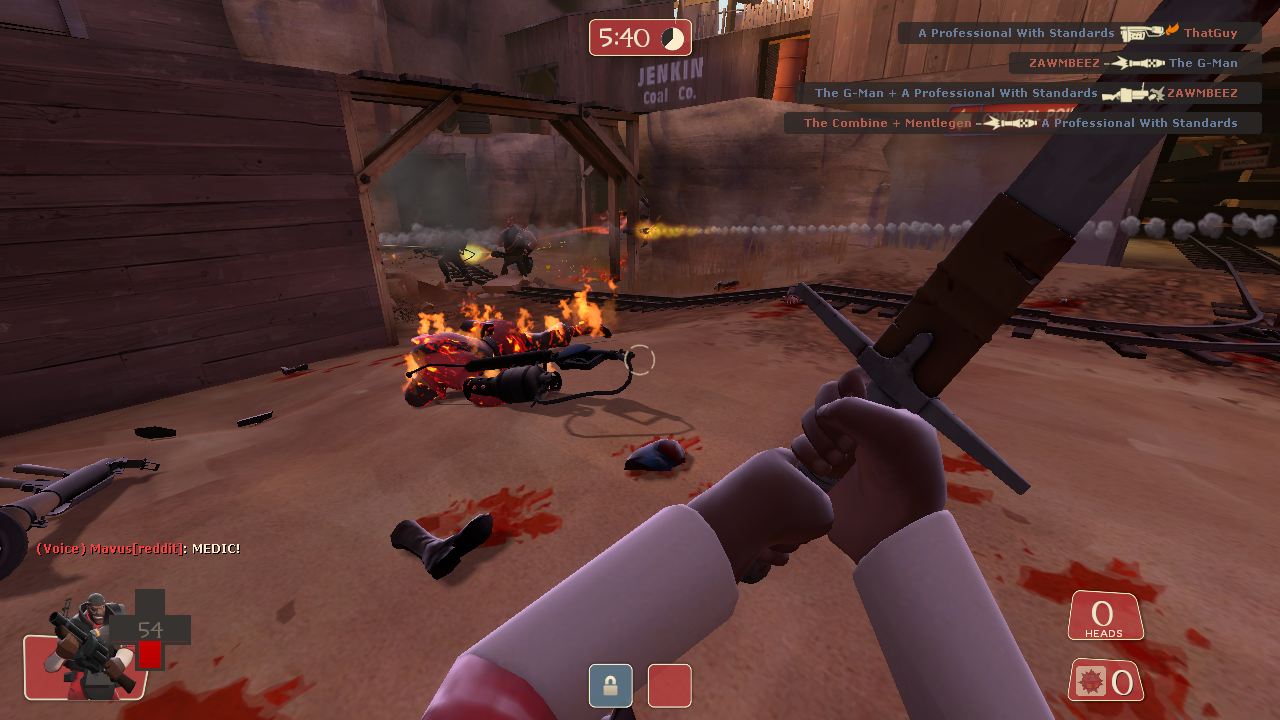
However, Valve wasn’t done yet, as in November of ‘07 they released yet another groundbreaking title in the first person puzzle shooter Portal. Originally designed by graduates of the DigiPen Institute of Technology, Portal gives players control of Chell, a test subject at Aperture Laboratories who, after waking up one seemingly normal morning, comes across the Portal Gun. This device allows her to place two portals at various locations around the room with which she uses to solve a wide array of puzzles and traps. The game is praised for its dynamic use of environmental and deductive storytelling as well as creating one of gaming’s most iconic villains in GlaDOS, a hyper intelligent A.I. tasked with controlling the inner workings of Aperture and its various test subjects.
Valve’s next big development in the FPS genre would come with their publishing of Turtle Rock’s Left 4 Dead in 2008. The four player co-op survival shooter pits players against a wide array of zombies as they use everything from pipes to machine guns and axes to fight their way to safety. As with the vast majority of Valve’s library, the game was praised for its innovative features and rabid fan base, even if it was exploring already charted territory. What makes Left 4 Dead, and its sequel, such a success is how effortlessly they manage to integrate a solid multiplayer cooperative experience into both a lengthy main campaign and an engaging versus mode.
After the release of L4D, Valve shifted its focus more towards the improvement of Steam and their online community. While Portal and Left 4 Dead got sequels that improved upon their predecessors, it wasn’t until the release of the next Counter-Strike that they a significant impact in the FPS community.
Up until Counter-Strike: Global Offensive’s release in 2012, the CS series still held a relatively niche fanbase. While the series had a strong following in the competitive community, it was relatively unknown to the general public until the release of CS: GO. Global Offensive resonated so well with so many people because it was exposed to a larger audience as the first Counter-Strike game to release on current-gen consoles. The competitive community still remained on PCs, and this latest rendition of Counter-Strike’s tried and true formula was brought into use with MLG outlets across the globe, but it was the ability for players across almost all platforms to experience Counter-Strike that made this entry in the series so important.
Valve is one of the greatest developers and publishers in the industry, and if not for their innovative contributions and zealous fan support, the FPS, and gaming world as a whole, would look drastically different. From their landmark entrance with Half-Life to the masterclass in competitive online shooters that is Counter-Strike, Valve has proven time and time again that they are always willing to try something new, and give their fans exactly what they wanted, and more.

-

 Features4 weeks ago
Features4 weeks agoThis Upcoming Romance Anime Might Just Break the Internet; Trailer Just Dropped!
-

 Features3 weeks ago
Features3 weeks agoDon’t Watch These 5 Fantasy Anime… Unless You Want to Be Obsessed
-

 Features2 weeks ago
Features2 weeks ago“Even if it’s used a little, it’s fine”: Demon Slayer Star Shrugs Off AI Threat
-

 Culture2 weeks ago
Culture2 weeks agoMultiplayer Online Gaming Communities Connect Players Across International Borders
-

 Game Reviews3 weeks ago
Game Reviews3 weeks agoHow Overcooked! 2 Made Ruining Friendships Fun
-
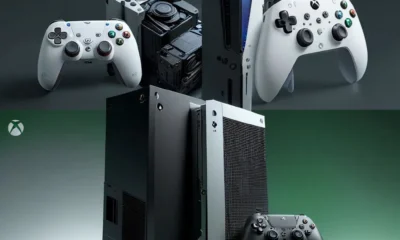
 Features4 days ago
Features4 days agoBest Cross-Platform Games for PC, PS5, Xbox, and Switch
-

 Guides4 weeks ago
Guides4 weeks agoMaking Gold in WoW: Smart, Steady, and Enjoyable
-

 Game Reviews3 weeks ago
Game Reviews3 weeks agoHow Persona 5 Royal Critiques the Cult of Success
-

 Features2 weeks ago
Features2 weeks ago8 Video Games That Gradually Get Harder
-

 Features1 week ago
Features1 week agoDon’t Miss This: Tokyo Revengers’ ‘Three Titans’ Arc Is What Fans Have Waited For!
-
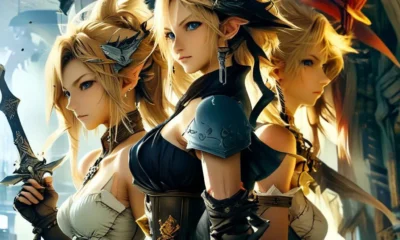
 Game Reviews4 days ago
Game Reviews4 days agoFinal Fantasy VII Rebirth Review: A Worthy Successor?
-

 Guides1 week ago
Guides1 week agoHow to buy games on Steam without a credit card
















